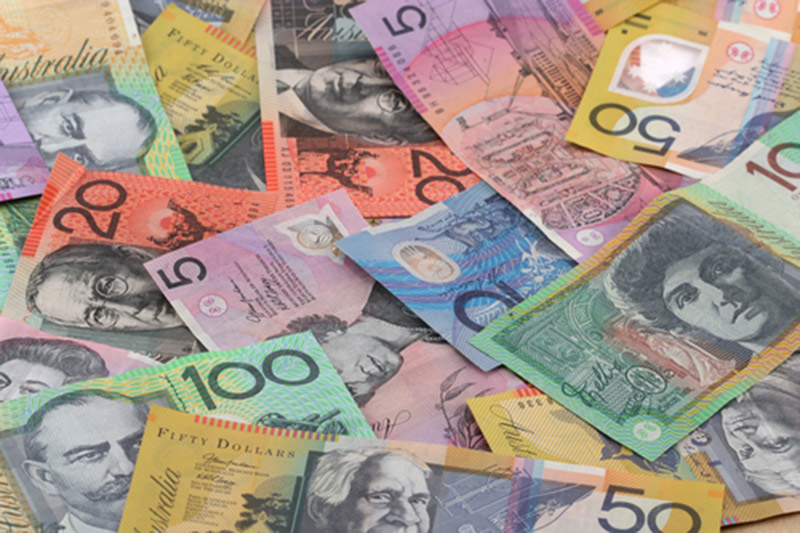* Aussie rises 0.3 pct from weakest levels in over two year
* Australia post best GDP growth in six years
* Euro, pound also higher against dollar
* Dollar bolstered by trade war worries, rate rise expectations
* Emerging market currency index near its lowest since May 2017
* Graphic: World FX rates in 2018 http://tmsnrt.rs/2egbfVh
By Daniel Leussink
TOKYO, Sept 5 (Reuters) - The U.S. dollar edged lower against a basket of currencies on Wednesday, and an Australian dollar that had been languishing at its weakest levels since mid-2016 gained after Australia posted its best economic growth in six years.
The dollar's losses against other currencies were largely limited as investors stayed loyal to the safe-haven greenback due to wariness ahead of a looming deadline in the trade conflict between the United States and China.
A survey released overnight showing U.S. manufacturing activity at a 14-year high in August reinforced expectations for rising U.S. interest rates, also underpinning the dollar and helped U.S. Treasury yields rise to three week highs. the dollar index .DXY , which measures the U.S. unit against a basket of six currencies, was down 0.1 percent at 95.337 as of 0317 GMT, not far off a two-week high of 95.737 reached during the previous session.
The Aussie AUD=D3 advanced 0.3 percent to $0.7196 on the stronger-than-expected 3.4 percent annual growth in gross domestic product data in the3 second quarter, moving off its lowest level since May 2016 reached during the previous session. the Aussie pulled them along, other currencies also strengthened," said Yukio Ishizuki, senior currency strategist at Daiwa Securities.
The euro EUR= was 0.16 percent higher at $1.1599 as of 0321 GMT, and the British pound GBP=D3 was up 0.1 percent at $1.2864.
The New Zealand dollar NZD=D3 pared early losses on the Australia GDP figures, after hitting a 2-1/2 year low of $0.6530 in early trade. It was barely changed at $0.6549 as of 0324 GMT.
Against the Japanese yen, the dollar was barely changed at 111.55 yen JPY= .
The dollar's losses remained limited as the public comment period on new tariffs on $200 billion more of Chinese imports was set to end on Thursday, whereupon U.S. President Donald Trump could follow through on plans to impose the levies, though it is unclear how quickly that could happen. does what he says he'll do in one form or another, so I expect tariffs will be implemented," said Ayako Sera, market economist at Sumitomo Mitsui Trust Bank.
"Markets will be surprised if he doesn't do anything," she said.
Emerging market currencies fell overnight as investors feared export-oriented economies would be caught in the crossfire of any escalating trade conflict.
The South African rand ZAR=D3 lost about 3 percent against the greenback on Tuesday as the economy unexpectedly slipped into a recession in the second quarter, while the Turkish lira TRY=D3 and Mexican peso MXN=D3 were also down. JPMorgan (NYSE:JPM) emerging market currency index .MIEM00000CUS on Wednesday hovered near a 15-month low reached during the previous session.
"As long as the United States and China are quarrelling, it's easy for commodity prices to fall and commodity and emerging market currencies are easily sold as well," said Daiwa's Ishizuki. (Editing by Simon Cameron-Moore)
